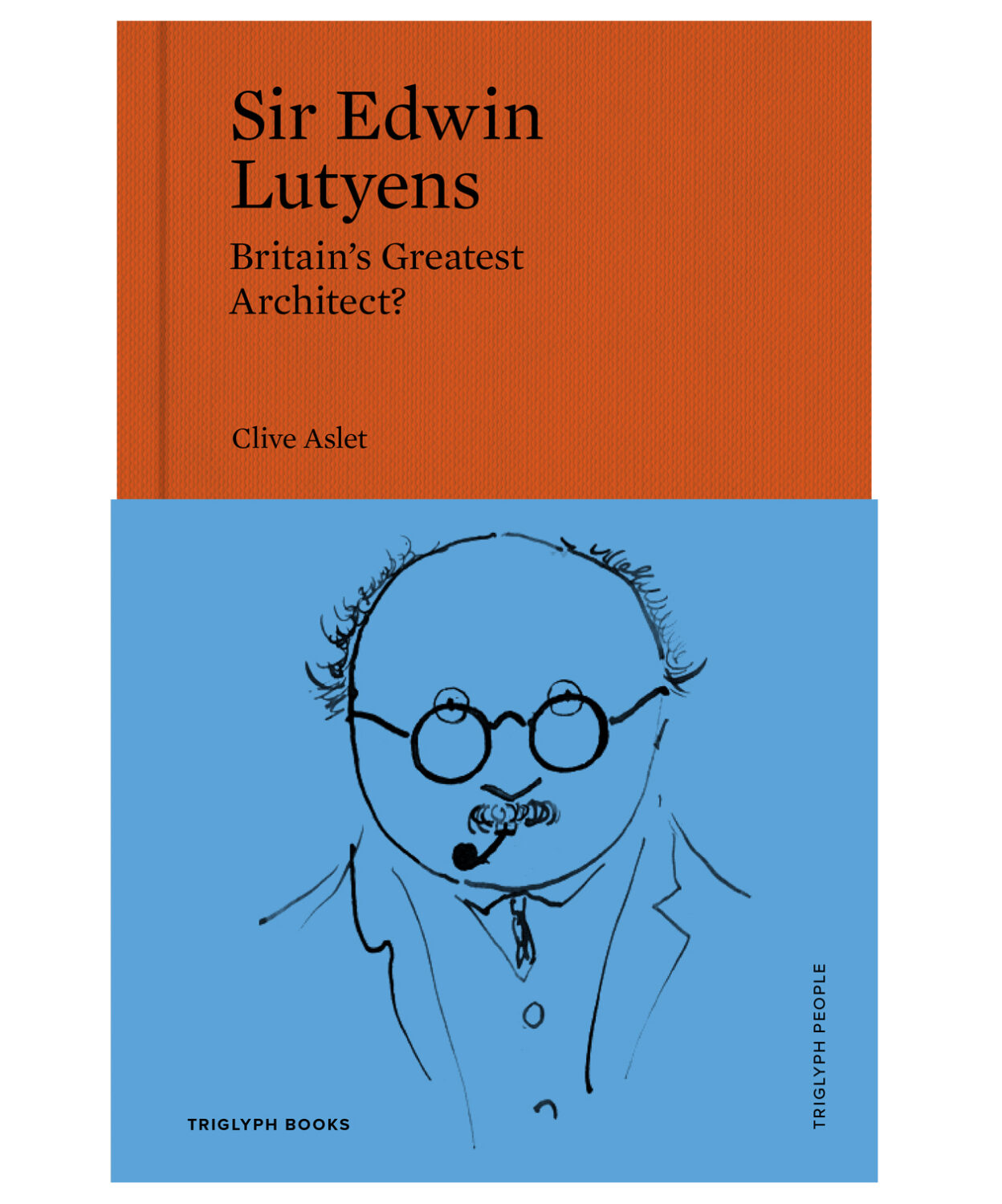Clive Aslet, Visiting Professor of the CSCA, publishes Sir Edwin Lutyens: Britain’s Greatest Architect?
Sir Edwin Lutyens (1869-1944) was one of the great architects of the twentieth century. His Edwardian country houses, surrounded by rhapsodic gardens, beguiled clients with their romance and wit. After 1918, the war memorials that he created symbolised a grieving nation’s sense of loss. In the new capital of the British Raj, New Delhi, the Viceroy’s House or Rashtrapati Bhavan had a footprint bigger than Versailles. His unfinished Liverpool Cathedral would have rivalled St Peter’s in Rome.

Intensely shy, Lutyens hid his personality behind puns and jokes – and yet he could be called ‘part mystic’, a reference to an inner profundity. Rich in stories, this entertaining and stylish short biography is a major new study incorporating fresh research which shows this most charismatic of architects in a new light.
Lutyens left an enduring legacy through his distinctive architectural style. We remember him for his mastery of classical design and how he seamlessly fused traditional elements with modern innovation. His iconic work includes the Viceroy’s House (now Rashtrapati Bhavan) in New Delhi, where he skillfully combined Western and Indian architectural influences. Lutyens’ meticulous attention to detail and emphasis on proportion created structures that exuded grandeur and elegance. His influence extended beyond India, shaping English country houses and war memorials. His architectural prowess continues to inspire admiration for its timeless beauty and functional sophistication – two important facets we will soon be exploring at a multi-day conference at the CSCA.
For further information on Aslet’s latest book, head to Triglyph Books.




